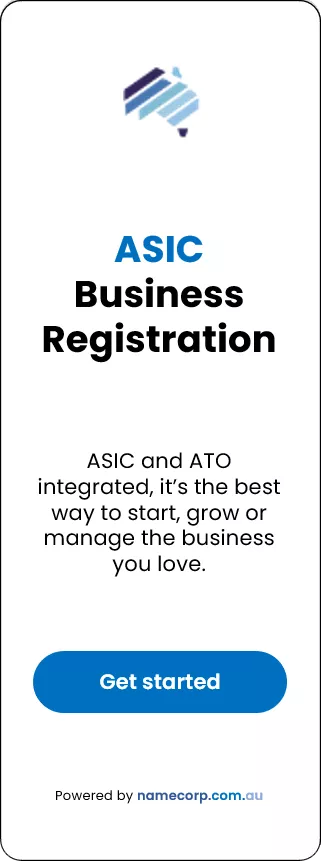Securing funding for a small business in Australia can be a challenging yet vital step in the journey of entrepreneurship. Fortunately, there are several avenues available that cater to different business needs and stages of growth. Here's a comprehensive guide to help you navigate the landscape of small business funding in Australia.
Government Grants and Programs
The Australian government offers a variety of grants and programs designed to support small businesses. These can range from industry-specific funding to more general business growth and innovation grants. The business.gov.au website provides a Grants and Programs Finder tool that can help you identify the grants and programs you may be eligible for based on your business's characteristics and objectives.
Debt and Equity Finance
When it comes to funding, businesses typically have two main types: debt and equity finance. Debt finance involves borrowing money that must be paid back over time, usually with interest. This is often secured through banks or other lending institutions. On the other hand, equity finance involves selling a portion of your business to investors in exchange for capital. This can be an attractive option for businesses that may not have the collateral required for a loan or those looking for investors' expertise and networks in addition to their capital.
Common Sources of Funding
- Bank Loans: A traditional source of funding, bank loans can offer both short and long-term finance options. However, they often require collateral and a solid business plan.
- Venture Capital: For businesses with high growth potential, venture capital can be a viable option. Venture capitalists invest in a business in exchange for equity and a say in company decisions.
- Crowdfunding: This method involves raising small amounts of money from a large number of people, typically via online platforms. It's a way to engage your customer base and validate your product or service in the market.
- Angel Investors: Individual investors who provide capital for a business start-up, usually in exchange for convertible debt or ownership equity.
Navigating the Funding Process
Understanding your business needs and the implications of different funding types is crucial. Here are some steps to consider:
- Assess Your Needs: Determine how much funding you need and what it will be used for. Be clear about your business stage and objectives.
- Prepare Your Documents: Have a solid business plan, financial statements, and projections ready. These will be necessary for most funding applications.
- Explore Your Options: Use tools like the Grants and Programs Finder and consult with financial advisors to explore all available options.
- Understand the Terms: Before accepting any funding, understand the terms and conditions, repayment schedules, interest rates, equity stakes, and any other obligations.
- Build Relationships: Whether it's with a bank, an investor, or a grant agency, building a strong relationship can be beneficial for current and future funding needs.
By thoroughly researching and preparing for the funding process, you can increase your chances of securing the necessary capital for your small business. Remember, each funding option comes with its own set of advantages and challenges, so choose the one that aligns best with your business strategy and goals.
For more detailed information on each funding type and to compare the options best suited for your business, visit both government sites and banking institutions. Additionally, for a broader perspective on business financing options in Australia, including insights into bank loans, angel investors, venture capitalists, and crowdfunding opportunities, you might find the comprehensive guide provided by many online platforms useful.
Navigating the funding landscape requires patience, diligence, and a strategic approach. With the right funding partner and a clear vision for your business, you can pave the way for growth and success in the competitive Australian market.


